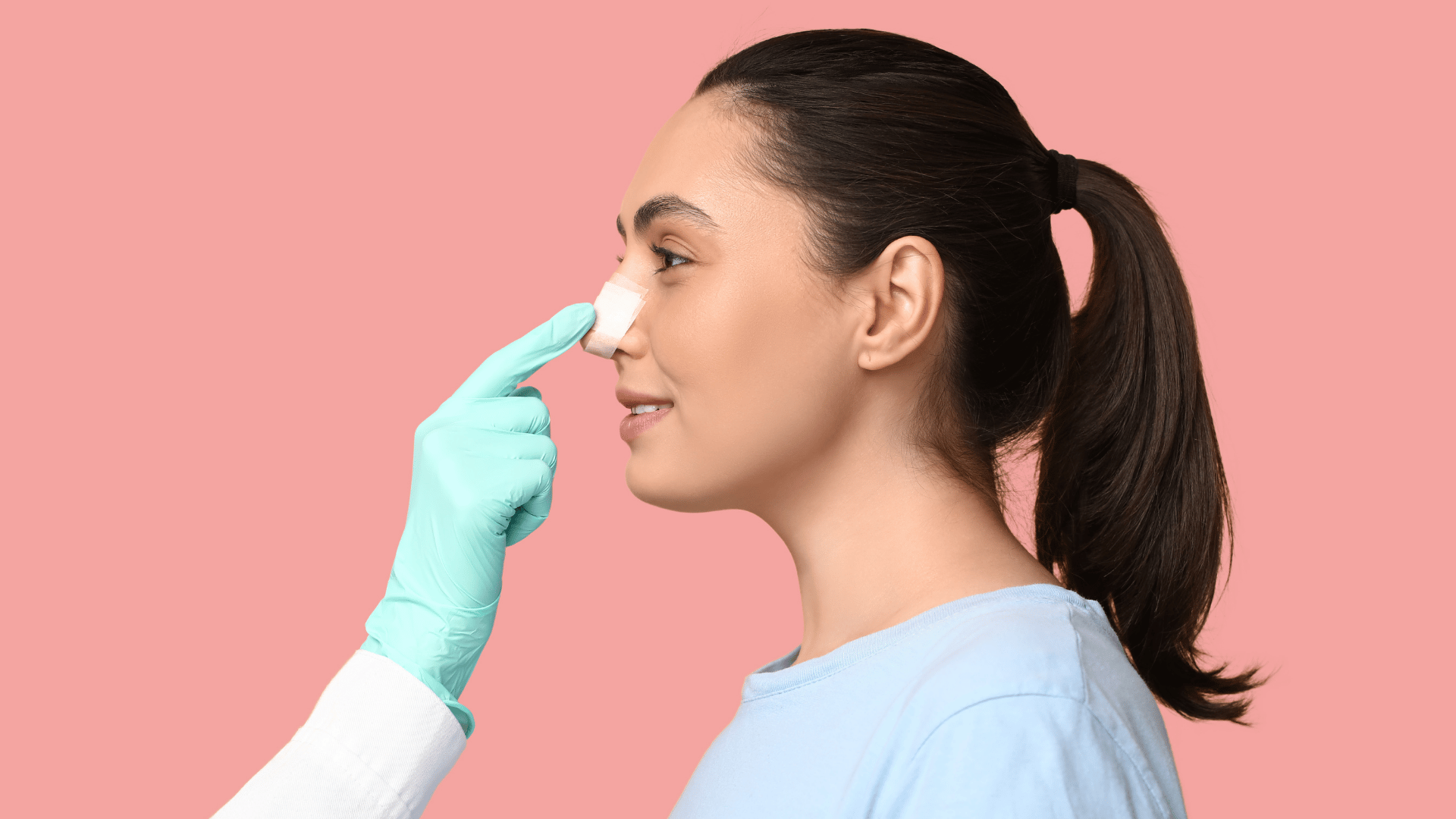What to expect after nose surgery: A complete recovery guide
If you're planning to have rhinoplasty—commonly known as nose surgery—it's natural to have questions about what happens afterward. Recovery is just as important as the surgery itself, and knowing what to expect after nose surgery can help ease anxiety and ensure the best results.
Whether you're undergoing rhinoplasty for cosmetic reasons, to correct a deviated septum, or to improve breathing, this guide will walk you through the key stages of recovery, including swelling, pain, and when you’ll start seeing your final results.
Day 1: Right after surgery
Nose surgery in Canada is typically performed under general anesthesia. After the procedure, you’ll wake up in the recovery room feeling groggy but monitored closely by your medical team.
Here’s what to expect in the first 24 hours:
- A splint or cast will be placed on your nose to support its new shape
- You might have internal splints or soft nasal packing, depending on the type of procedure
- Mild to moderate pain, mostly managed with prescribed medications
- Congestion and mouth breathing, since your nasal passages will be swollen
- Bruising and swelling around your eyes and cheeks
- You’ll need someone to drive you home and stay with you during the first night
Days 2–3: Peak swelling and bruising
This is often the most uncomfortable phase. Swelling and bruising will be at their worst around day 2 or 3 post-surgery. Common experiences include:
- A feeling of pressure or tightness around the nose and face
- Headaches or fatigue as your body recovers
- Difficulty sleeping, especially if you're not used to lying on your back with your head elevated
Use cold compresses (on your cheeks, not directly on your nose) to reduce swelling, and keep taking your medications as directed.
Days 4–7: Gradual improvement
Most patients start feeling significantly better after the first week. Here’s what usually happens:
- Swelling begins to go down
- Bruising around the eyes fades to yellow or green
- Congestion improves slightly
- Pain is usually minimal or gone by now
Around day 7, you’ll likely return to your surgeon to have your cast, splints, or stitches removed. While this might feel a little uncomfortable, it’s not usually painful.
Week 2: Back to daily life
By the second week, most people feel ready to:
- Return to work or school
- Resume light activities
- Socialize without too much self-consciousness
There may still be some minor swelling and sensitivity, especially around the tip of the nose, but most of the obvious signs of surgery will have faded.
Weeks 3–4: Subtle healing continues
At this point, you’re feeling much more like yourself. You can usually resume:
- Light exercise (walking, light cardio)
- Wearing glasses again (check with your surgeon)
- Using skincare and makeup products (avoid the incision sites if applicable)
Although the nose will still be healing internally, the visible signs are minimal.
Months 2–6: Swelling fades slowly
Swelling can persist for several months—especially at the nasal tip—but it's usually only noticeable to you or your surgeon. This is a time of subtle, steady improvement.
- The shape of your nose will continue refining
- The skin will adapt to the new structure
- Numbness or stiffness will gradually decrease
If you had revision rhinoplasty, expect the healing to take even longer.
Month 12: Final results
Rhinoplasty results are typically finalized within 12 months. That’s when:
- All internal and external swelling has resolved
- The nose feels natural to the touch
- You can truly appreciate the full aesthetic outcome
Tips for a smooth recovery
- Sleep with your head elevated for at least two weeks
- Avoid blowing your nose during the early recovery phase
- Protect your nose from trauma, including contact sports
- Avoid direct sun exposure, which can worsen swelling and cause pigmentation
- Follow your surgeon’s instructions carefully
When to call your surgeon
It’s rare to have complications, especially with a qualified rhinoplasty specialist, but contact your clinic immediately if you experience:
- Excessive bleeding
- Fever or chills
- Severe or increasing pain
- Signs of infection (redness, pus, warmth around incision)
- Difficulty breathing that worsens over time
Final thoughts
The recovery from rhinoplasty is a journey—but one that many patients say is completely worth it. Understanding what to expect after nose surgery will help you prepare, stay calm, and focus on healing.
With time, patience, and proper care, your new nose will look and feel like a natural part of you—helping you breathe easier, look more balanced, and feel more confident.
FAQs
1. When can I go back to work after nose surgery?
Most people return to work or school 7 to 10 days after rhinoplasty.
2. Can I wear glasses after nose surgery?
Check with your surgeon. Most recommend waiting 2 to 4 weeks, or using special nose pads.
3. When can I exercise again?
Light activity after 2 weeks, but avoid heavy workouts or contact sports for at least 4–6 weeks.
4. How long does the swelling last?
Major swelling resolves within a few weeks, but final results can take up to a year to fully appear.
5. Can I see the final shape of my nose right after cast removal?
You’ll get a good idea of the result, but swelling will still hide the final contour, especially in the tip.
